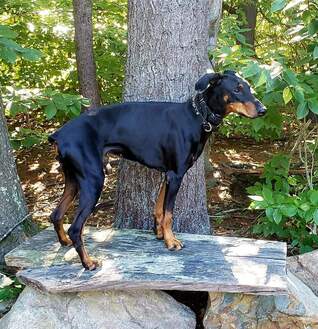
In the beginning non distracting environments are largely controllable by simply training inside in a quiet room without anyone around. The unexpected distraction (spouse, kids, knock on the door, car driving up) may happen, but they are not expected or planned for. For those who also reside in your home, you can let them know not to disturb you when you are training. In those instance, you just have to shoo whoever came in away (or settle the dog after the truck leaves) and find your training footing again to end on a good note.
As you move forward to distractions, environments can be somewhat controlled or predicted for dog training with good planning. Non distracting environments can have creative distractions added to them on purpose.
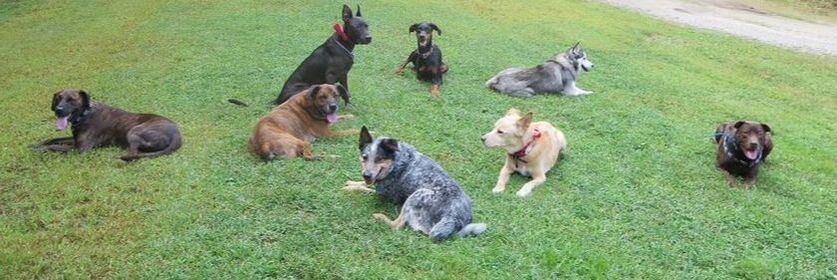
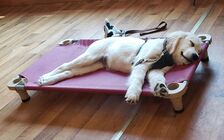
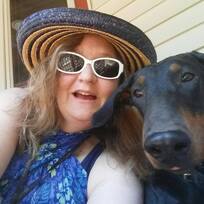
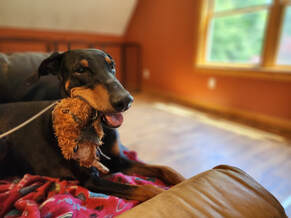
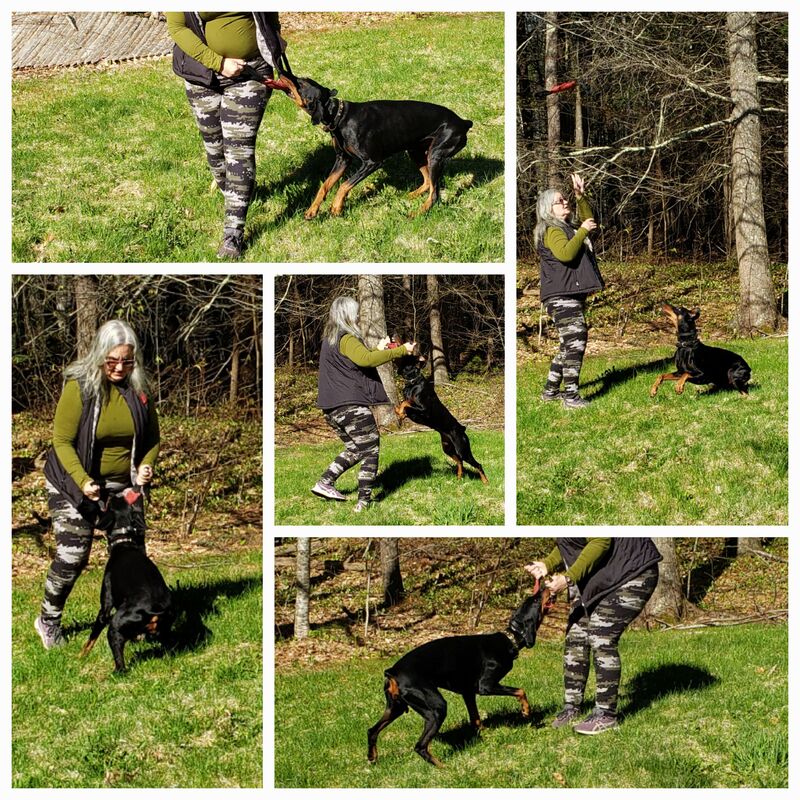
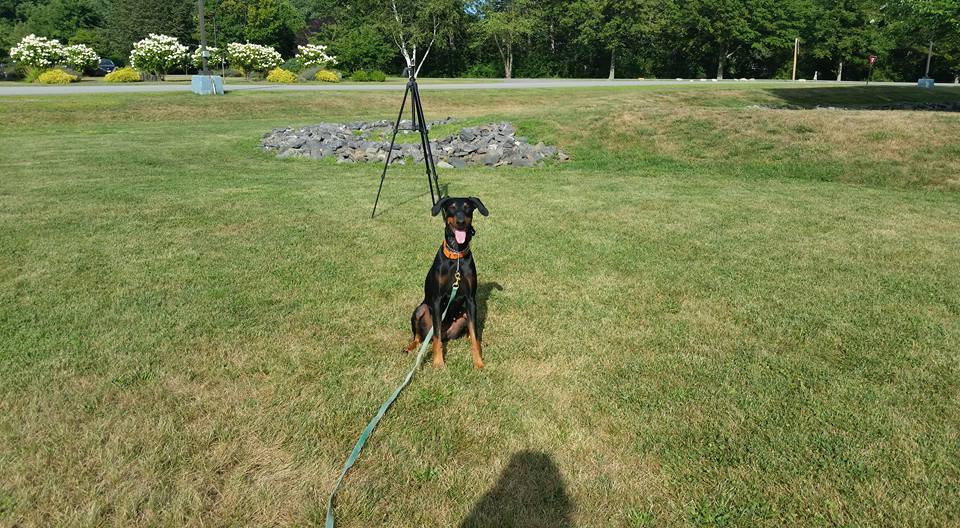
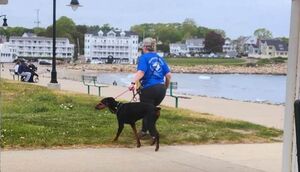
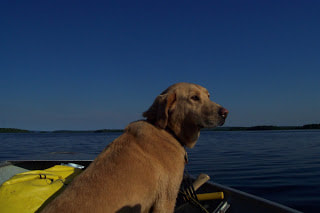
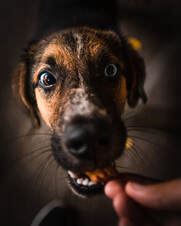
 RSS Feed
RSS Feed